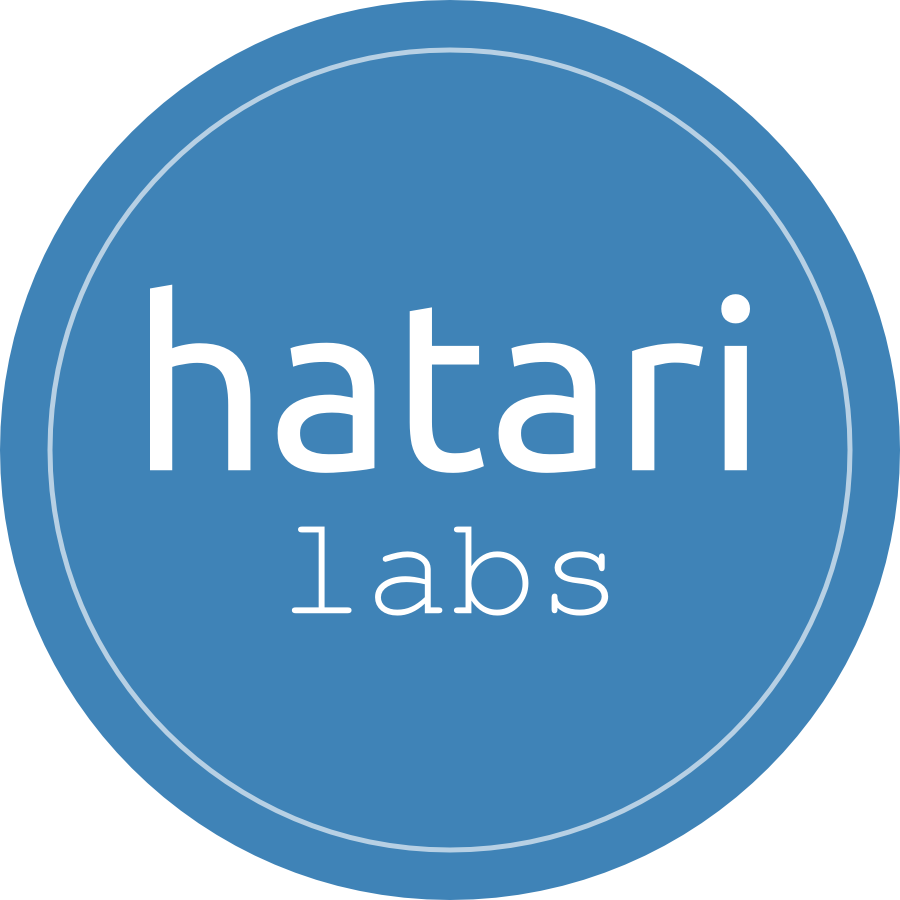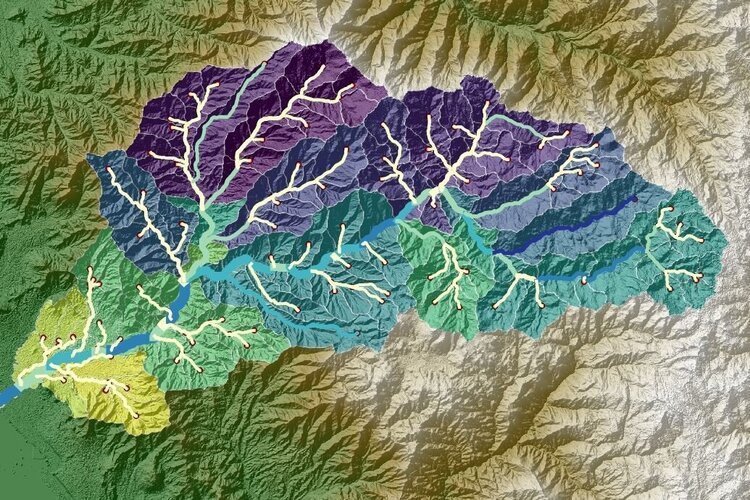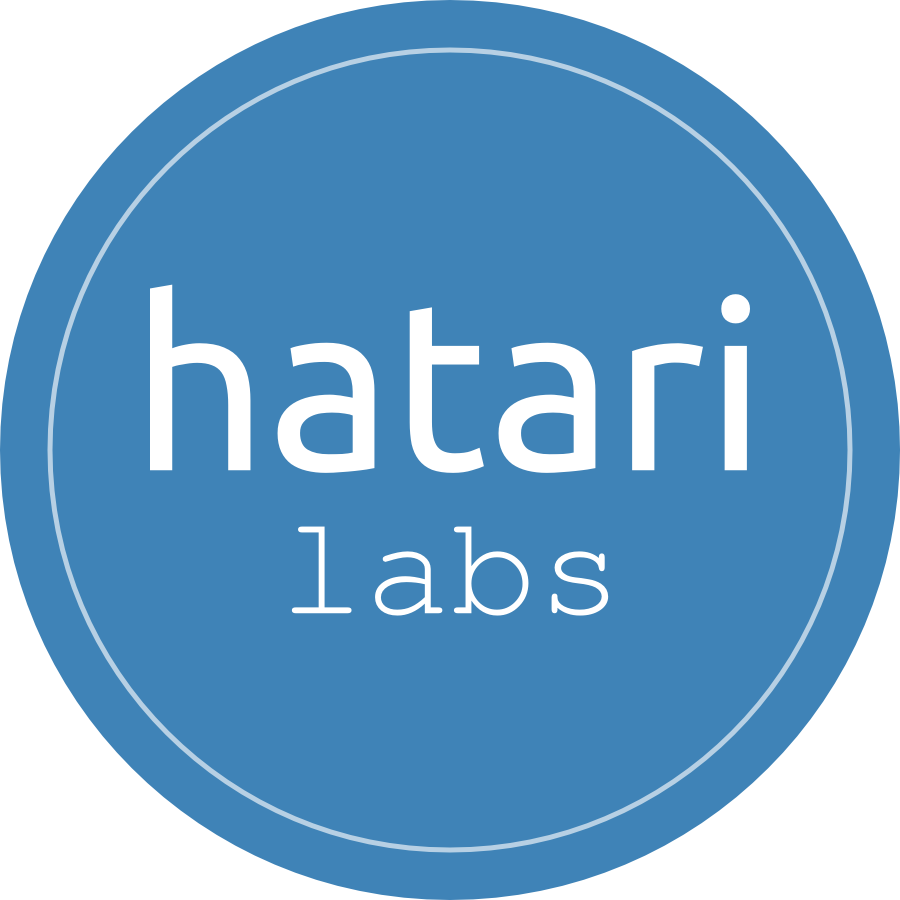Basic Example of a MODFLOW Model Review, Simulation and Output Representation with Flopy - Tutorial
/Flopy is a package of tools written in Python for MODFLOW groundwater flow model construction, simulation and output analysis. Flopy is build on top of well know and powerful Python packages as Numpy and works with Matplotlib and Pandas that allows to do a great amount of analysis with few lines of code. Several new capabilities in the water balance analysis can be done with Flopy bringing a better control to the modeler in terms of a more available and user friendly information of the inputs, outputs and discrepancies of the model. This tutorial shows the complete procedure to read, simulate and output analysis of a MODFLOW NWT model of a tunnel development with time. The tutorial include a discussion and review of the different tools available in Flopy and the interaction with QGIS.
Read More























